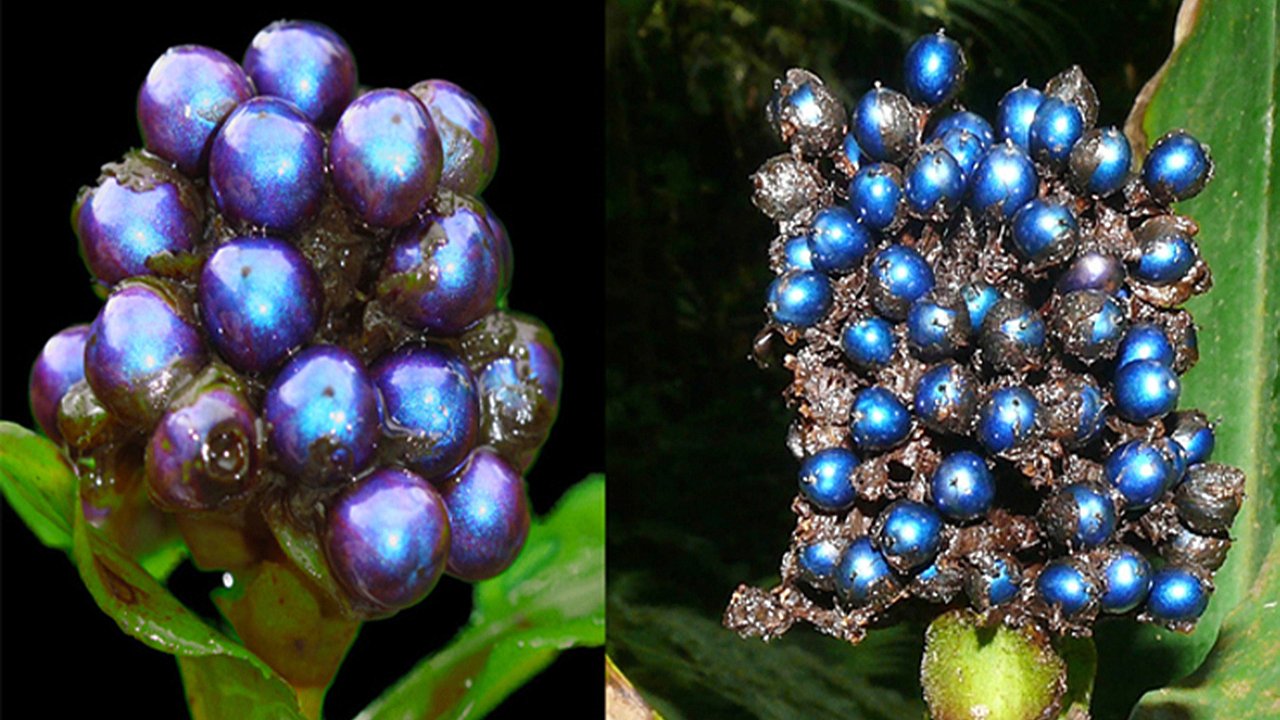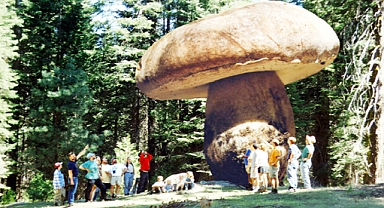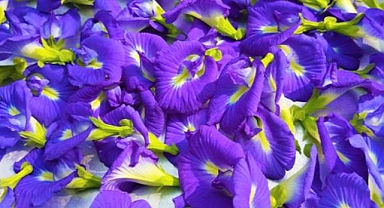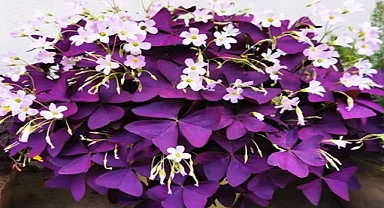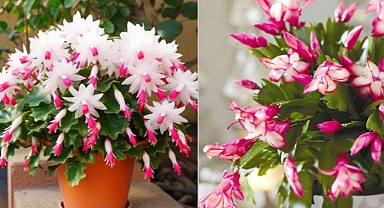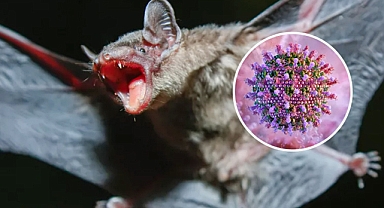Nature is home to countless plant species, each with unique adaptations that help them thrive in their environments. According to the latest research, there are approximately 390,900 plant species worldwide. Some plants stand out due to their colors, fragrances, or unusual shapes. But have you ever come across a plant whose fruit gleams like a mirror? If not, this article will introduce you to one of the natural world's most striking botanical wonders.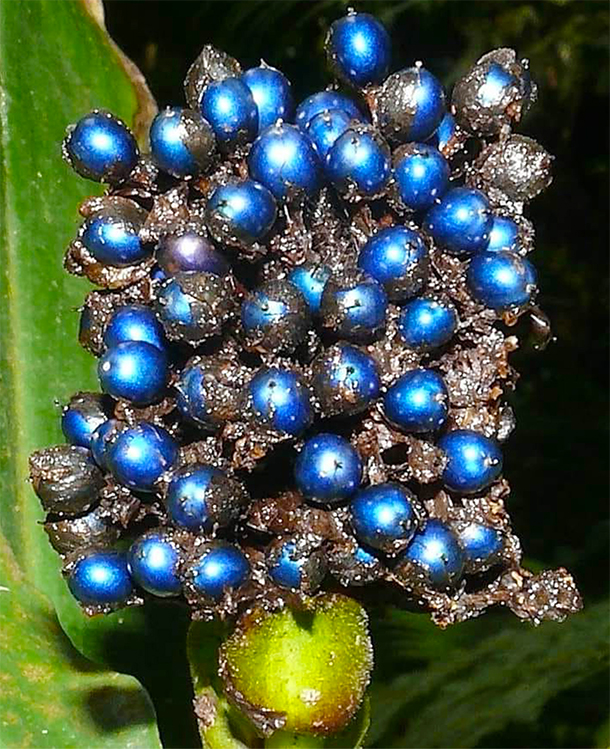 A Fruit That Shines Like a Jewel
A Fruit That Shines Like a Jewel
The Pollia condensata, also known as the marble berry, is a wild plant native to Africa. Its fruit exhibits an astonishingly vibrant blue hue, unlike any other in the plant kingdom. Unlike most plants that derive their colors from pigments, P. condensata achieves its dazzling shine through nanoscale structures that manipulate light. This makes it the most intensely colored biological tissue ever studied. Found in the forests of Ethiopia, Mozambique, Tanzania, and other African countries, this tiny, hard fruit is about 5mm in diameter and has an exceptionally dry texture.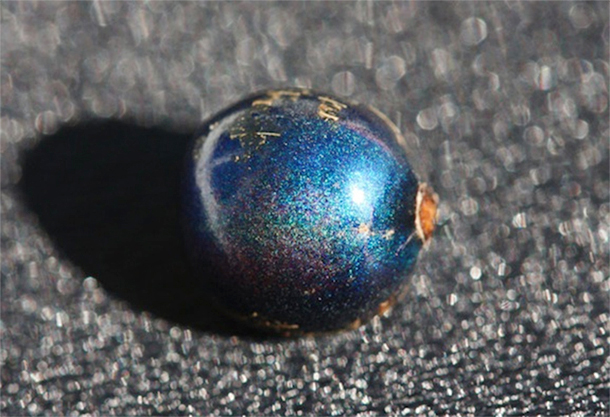 Nature’s Longest-Lasting Color
Nature’s Longest-Lasting Color
One of the most fascinating features of Pollia condensata is the longevity of its color. The metallic blue sheen does not fade, even after years or decades. Specimens collected in Ghana in 1974 and preserved at Kew Botanical Gardens in London still retain their iridescent hue. This phenomenon makes the fruit a popular choice for decorative purposes in Western Uganda and other regions. Its enduring vibrancy remains unmatched in the plant kingdom, making it one of nature’s most intriguing displays of color science.The Science Behind the Brilliant Blue
Researchers from Kew, the University of Cambridge, and the Smithsonian Natural History Museum became intrigued by the fruit's unique coloration. When attempting to extract pigment from the fruit, they were surprised to find none. Instead, they discovered that Pollia condensata owes its deep blue color to a process called structural coloration. This method is common in the animal kingdom—such as in the wings of Morpho butterflies—but rarely seen in plants.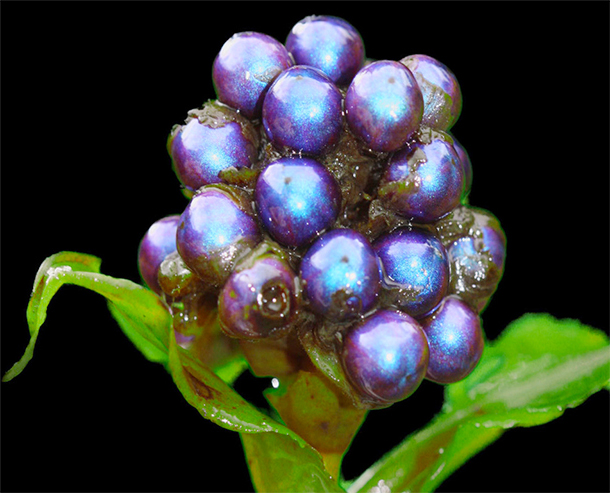
At a microscopic level, the fruit's surface consists of nanoscale cellulose strands arranged in a helical, layered pattern. This structure scatters light in a way that creates the striking blue hue. The fruit reflects about 30% of light, a level comparable to a silver mirror, making it the most intense color found in biological tissue. The findings of this research were published in the Proceedings of the National Academy of Sciences, shedding light on one of nature’s most fascinating optical phenomena.Is the Marble Berry Edible?
Despite its eye-catching appearance, Pollia condensata is not edible. Its hard, dry texture lacks the sweet, fleshy pulp that typically attracts fruit-eating animals. However, researchers suggest that the fruit's Brilliant Blue color may serve an evolutionary purpose—deception. By mimicking the appearance of a juicy, nutrient-rich berry, it may trick birds into consuming it and dispersing its seeds through their droppings.
Unlike other plants that must invest energy in producing sugar-rich fruit, P. condensata spreads its seeds efficiently by relying on its striking color. This strategy allows the plant to survive and reproduce with minimal resource expenditure.
 A Fruit That Shines Like a Jewel
A Fruit That Shines Like a JewelThe Pollia condensata, also known as the marble berry, is a wild plant native to Africa. Its fruit exhibits an astonishingly vibrant blue hue, unlike any other in the plant kingdom. Unlike most plants that derive their colors from pigments, P. condensata achieves its dazzling shine through nanoscale structures that manipulate light. This makes it the most intensely colored biological tissue ever studied. Found in the forests of Ethiopia, Mozambique, Tanzania, and other African countries, this tiny, hard fruit is about 5mm in diameter and has an exceptionally dry texture.
 Nature’s Longest-Lasting Color
Nature’s Longest-Lasting ColorOne of the most fascinating features of Pollia condensata is the longevity of its color. The metallic blue sheen does not fade, even after years or decades. Specimens collected in Ghana in 1974 and preserved at Kew Botanical Gardens in London still retain their iridescent hue. This phenomenon makes the fruit a popular choice for decorative purposes in Western Uganda and other regions. Its enduring vibrancy remains unmatched in the plant kingdom, making it one of nature’s most intriguing displays of color science.The Science Behind the Brilliant Blue
Researchers from Kew, the University of Cambridge, and the Smithsonian Natural History Museum became intrigued by the fruit's unique coloration. When attempting to extract pigment from the fruit, they were surprised to find none. Instead, they discovered that Pollia condensata owes its deep blue color to a process called structural coloration. This method is common in the animal kingdom—such as in the wings of Morpho butterflies—but rarely seen in plants.

At a microscopic level, the fruit's surface consists of nanoscale cellulose strands arranged in a helical, layered pattern. This structure scatters light in a way that creates the striking blue hue. The fruit reflects about 30% of light, a level comparable to a silver mirror, making it the most intense color found in biological tissue. The findings of this research were published in the Proceedings of the National Academy of Sciences, shedding light on one of nature’s most fascinating optical phenomena.Is the Marble Berry Edible?
Despite its eye-catching appearance, Pollia condensata is not edible. Its hard, dry texture lacks the sweet, fleshy pulp that typically attracts fruit-eating animals. However, researchers suggest that the fruit's Brilliant Blue color may serve an evolutionary purpose—deception. By mimicking the appearance of a juicy, nutrient-rich berry, it may trick birds into consuming it and dispersing its seeds through their droppings.

Unlike other plants that must invest energy in producing sugar-rich fruit, P. condensata spreads its seeds efficiently by relying on its striking color. This strategy allows the plant to survive and reproduce with minimal resource expenditure.
